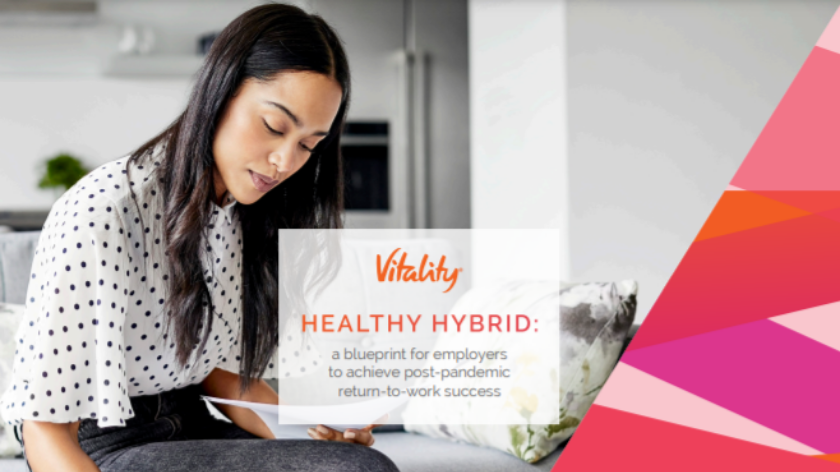As we all know well, the COVID-19 pandemic has contributed to a monumental shift in work culture and continues to disrupt the return-to-office plans many companies had in place for 2022. Vitality recently published a report titled, “Healthy Hybrid: A Blueprint for Employers to Achieve Post-Pandemic Return-to-Work Success” using survey findings from 3,000 international employees from the US, the UK, and South Africa across a spectrum of industries, generations and work settings. The report examines the future of work and the challenges facing employers.
We identified several key themes employers may consider to avoid a post-pandemic workplace failure:
- Turbocharge well-being to attract and retain talent
- Be aware one-size-fits-all approaches to work location are high risk
- Expect turbulence when establishing new work arrangements
- Take a stance on vaccinations and enable appropriately
- Mind the generational gap in well-being
We will dive into each of these themes in our upcoming Healthy Hybrid series – stay tuned!
Employers Must Turbocharge Well-being to Attract and Retain Talent
Well-being, mental health, and emotional needs have all become more important in the last year, and managers play an integral role in meeting these needs. 73% say their managers helping them maintain a good balance between life and work is an important aspect of their relationship. While most workers (54%) said their employers supported their wellbeing and 53% are satisfied with how their employers handled their wellbeing during pandemic, a gap exists between employer support and manager support, with one in three workers indicating they are not receiving sufficient support from their managers for well-being activities, such as caregiving, socializing with colleagues, exercising, or even taking part in well-being activities organized by work.
Given that well-being, mental health and emotional needs have all become more important in the last year, it is no surprise that 80% of workers say their employers taking their health and well-being seriously is important for their future career choices, as are employer trust in allowing them to manage their time flexibly (80%); access to generous well-being or health insurance benefits (77%); and employers taking diversity and inclusion seriously (72%).
While employers may feel they are adapting well to this new normal, worker dissatisfaction remains high, with 23% of workers likely to leave their jobs in the next 6-12 months. Employers must turbocharge well-being to attract and retain talent by offering generous insurance and well-being benefits, take an active role in supporting employee well-being across all dimensions of a person’s health, trust employees to manage their time flexibly (especially remote and hybrid workers), and show that the organization views diversity and inclusion as critical by communicating through policies and plans.
Access the full findings from the Healthy Hybrid: A Blueprint for Employers to Achieve Post-Pandemic Return-to-Work Success report.







